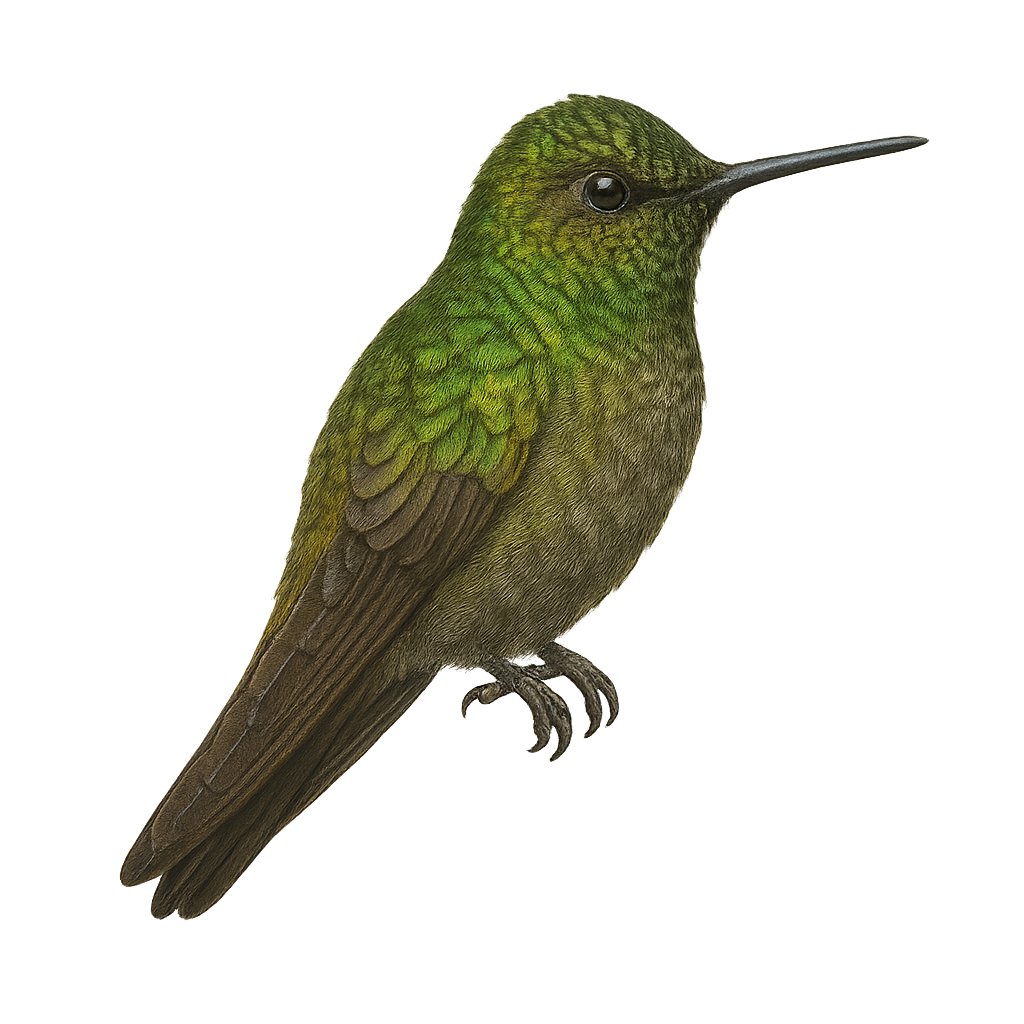Your wildlife photography guide.
Explore the buff-tailed coronet in detail, study its behavior, prepare your shots.
Where to observe and photograph the buff-tailed coronet in the wild
Learn where and when to spot the buff-tailed coronet in the wild, how to identify the species based on distinctive features, and what natural environments it inhabits. The WildlifePhotographer app offers tailored photography tips that reflect the buff-tailed coronet’s behavior, helping you capture better wildlife images. Explore the full species profile for key information including description, habitat, active periods, and approach techniques.
Buff-tailed Coronet
Scientific name: Boissonneaua flavescens

IUCN Status: Least Concern
Family: TROCHILIDAE
Group: Birds
Sensitivity to human approach: Suspicious
Minimum approach distance: 5 m
Courtship display: February to March
Incubation: 16-18 jours
Hatchings: March to April
Habitat:
Humid forests, forest edges, mountainous areas
Activity period :
Primarily active during the day, with peak activity in the morning and late afternoon.
Identification and description:
The Buff-tailed Coronet is a medium-sized hummingbird found primarily in the humid forests of the Andes, between 1500 and 2800 meters in altitude. Its plumage is mainly green with a distinctive yellow belly, making it easily identifiable. Known for its speed and agility in flight, it feeds mainly on nectar, which it collects with its long, slender beak. This hummingbird plays a crucial role in the pollination of Andean plants. It is often observed alone or in small groups, and although territorial, it can share its space with other hummingbird species.
Recommended lens:
400 mm – adjust based on distance, desired framing (portrait or habitat), and approach conditions.
Photography tips:
To photograph the Buff-tailed Coronet, it is advisable to use a 400mm lens or longer to capture detailed images without disturbing the bird. Look for it in the humid forests of the Andes, where it is often active during the day. Be patient and wait for it to perch on a branch or feed on flowers. Use a fast shutter speed to freeze its rapid flight and ensure proper exposure of the yellow belly to highlight its distinctive color.
The WildlifePhotographer App is coming soon!
Be the first to explore the best nature spots, track rutting seasons, log your observations, and observe more wildlife.
Already 1 430 wildlife lovers subscribed worldwide

